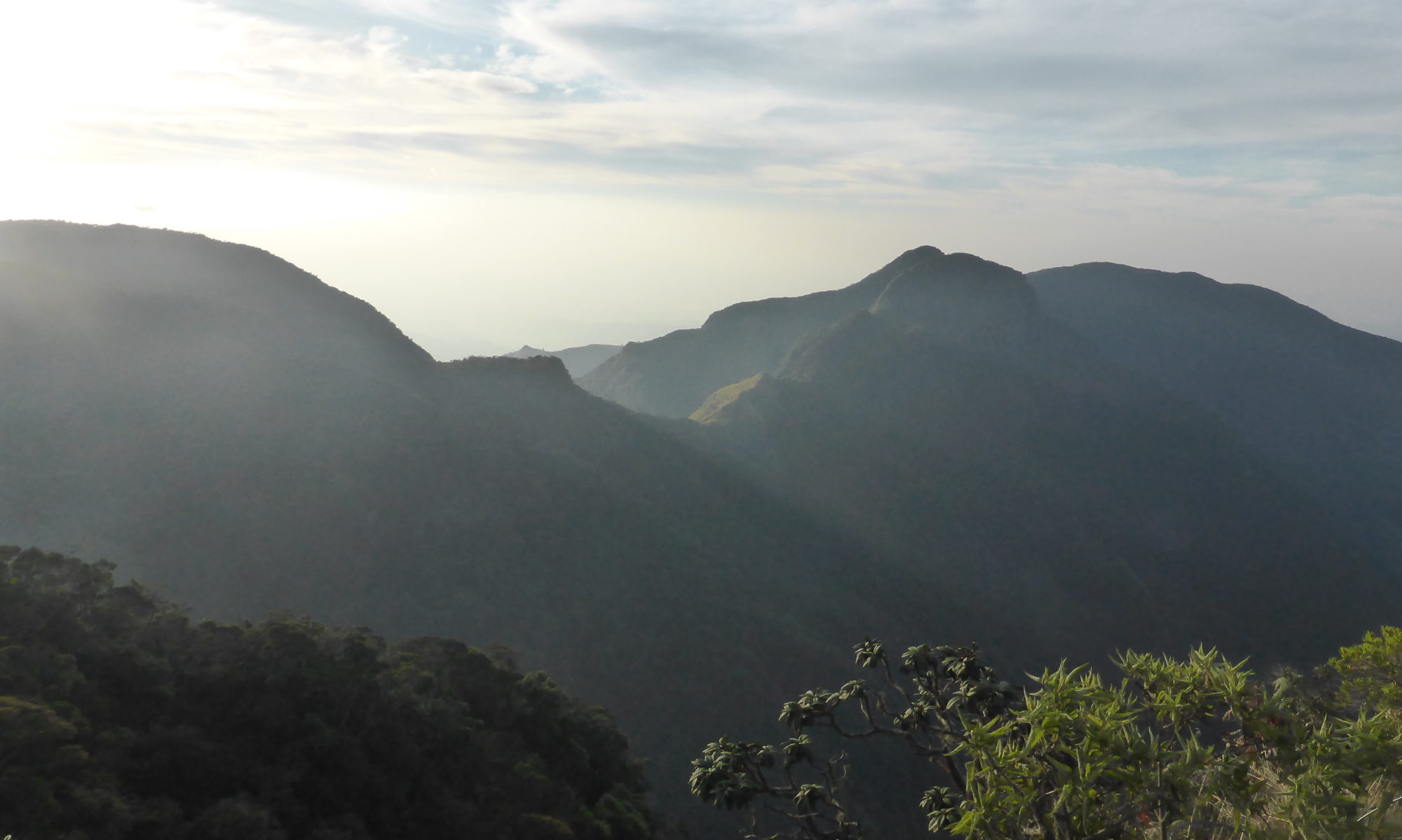By: Georg Frerks
Abstract
Most current discussions on slavery focus on the colonial period and the transatlantic slave trade from Africa. Less attention is paid to slavery in Asia or slavery as a domestic or indigenous practice. This contribution discusses the existence of slavery in Sri Lanka before the arrival of the colonial powers and in the Kandyan Kingdom till it was captured by the British, and is based on the perusal of a limited number of relevant academic sources.
The practice of slavery was brought to Sri Lanka from India and is documented in various ancient manuscripts and inscriptions and also subject of research by a variety of academic scholars. Slavery in Sri Lanka is a complicated subject because it is is enmeshed with a wider, complex system comprising different degrees and forms of servitude, peonage and bondage, and a caste system that demanded customary rajakariya services to be provided by lower castes to royals, nobility and king’s office holders, next to services provided to temples and the Sangha. In fact there was a continuum with one servile status overlapping into the other Yet, there is consensus that slavery per se existed, as slaves (in vernacular dasa/dasi or vahal) were owned as personal property and could be transferred, given away, sold and punished by their owners as they liked. There is, however, little evidence that slaves were traded as a commodity for profit in pre-colonial Sri Lanka. They were used for domestic and agricultural labor and underlined the high rank and status of their owners. Enslavement could happen through various means: born as slave in the house, bought for money or captured during war or as a punishment. A frequent reason for enslavement was poverty and the inability to pay back debts. There is fairly broad consensus that slavery in pre-colonial Sri Lanka was relatively mild compared with the exploitative, commodified and harsh forms implemented by the European colonial powers. Slaves were often treated as adopted dependents or as faithful domestic servants. Sometimes slaves could also possess own lands and live in their own family and community which enabled the owners exacting a range of services from the group for generations, without taking on the costs of providing for their daily existence. The relatively mild treatment of slaves is attributed to the moderating influence of Buddhism and the fact that the slaves were of the same ethnic group and sometimes caste as their owners. Unlike transatlantic slave trade, the slave in pre-colonial Sri Lanka was not a total stranger of different color, race and origin in a foreign social and cultural environment without kin. Slavery was formally abolished in the Island in 1844, but it took several more years before the laws were fully effectuated. At present the only legacy of slavery is the existence of a vahal subcaste, and villages of which the inhabitants are recognized as descendants of slaves in ancient times.
For the full text of this contribution, click here: 2021 Juni 29 Georg V2 Main Slavery in Precolonial SL-1
